AI-powered image recognition technology
- Jayant Upadhyaya
- 2 days ago
- 8 min read
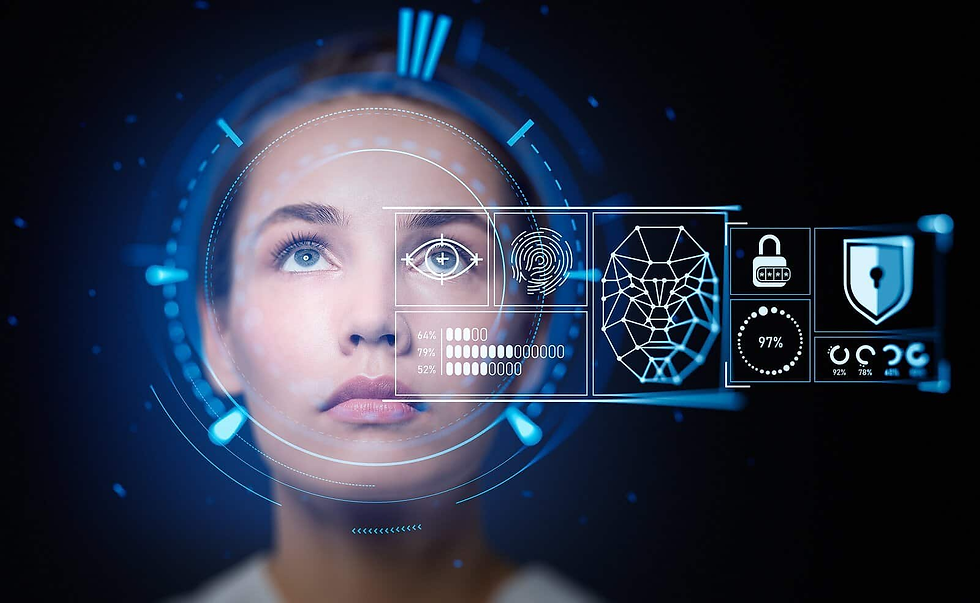
In recent years, AI-powered image recognition technology has seen remarkable advancements. This technology, which allows computers to interpret and understand visual information from the world, is transforming industries and everyday life. From enhancing security systems to revolutionizing healthcare, the applications are vast and growing.
Understanding AI Image Recognition
Image recognition with AI involves training computers to recognize objects, people, texts, and actions in images. This process relies on computer vision, a field of artificial intelligence that enables computers to interpret and make decisions based on visual data.
The Science of Computer Vision
Computer vision is at the core of AI image recognition. It involves the development of algorithms that allow computers to gain understanding from digital images or videos. The discipline aims to automate the tasks that the human visual system can do, bridging the gap between human visual perception and machine understanding.
Image Processing Techniques
Before interpretation, images often undergo preprocessing to enhance quality and extract relevant features. Techniques like filtering, edge detection, and segmentation are used to prepare images for analysis.
Machine Learning in Vision
Machine learning plays a significant role in computer vision, with supervised and unsupervised learning methods being used to train models. Supervised learning requires labeled data, while unsupervised learning finds patterns without explicit instructions.
3D Vision and Depth Analysis
Beyond 2D image interpretation, computer vision extends to understanding depth and 3D structures, which is crucial for applications like autonomous driving and augmented reality.
How Does It Work?
At the heart of AI image recognition are neural networks, specifically convolutional neural networks (CNNs). These networks mimic the human brain's ability to process visual data. They are trained using vast datasets that help them learn to identify patterns and features in images.
Data Collection
Large datasets of labeled images are used to train the model. These datasets contain thousands, sometimes millions, of examples. The diversity and quality of this data are critical for the model's performance and ability to generalize.
Feature Extraction
The CNN analyzes the image and extracts features, such as edges and textures. This involves multiple layers of processing, where each layer detects increasingly complex patterns, eventually recognizing entire objects.
Pattern Recognition
The network learns to recognize patterns that define different objects or scenes. This learning process involves adjusting weights within the network to minimize the difference between predicted and actual outcomes.
Classification
Once trained, the network can classify new images, identifying objects or scenes with remarkable accuracy. This step is crucial for applications requiring real-time decision-making, where speed and precision are paramount.
Model Optimization
Continuous improvements and optimizations in model architecture and parameters enhance performance, making models more robust and efficient in handling diverse image data.
Key Developments in AI Image Recognition
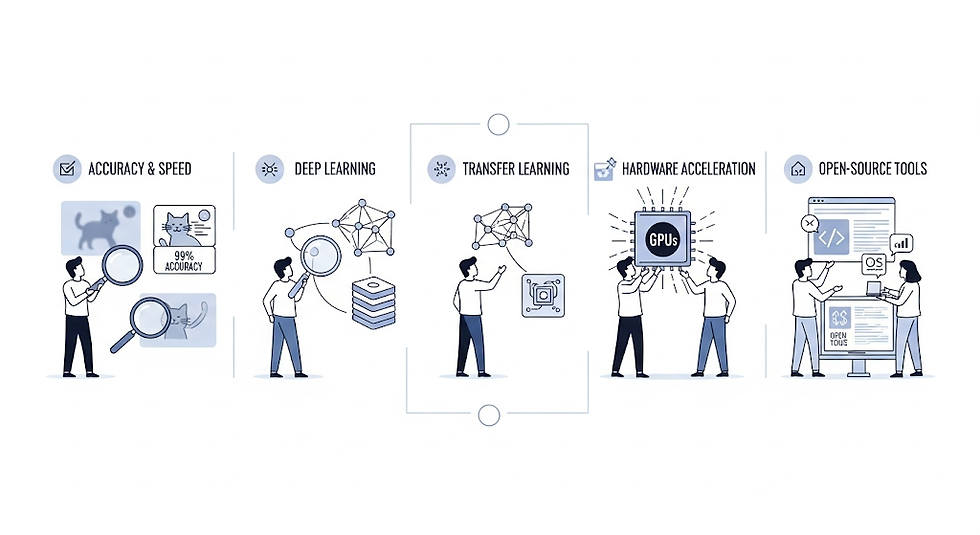
The field of AI image recognition is rapidly evolving, with several key developments driving its progress.
Improved Accuracy and Speed
Advancements in algorithms and processing power have significantly improved the accuracy and speed of image recognition systems. Modern AI models can now analyze images in real-time, making them suitable for applications that require instant decision-making.
Algorithmic Innovations
New algorithms, such as those based on deep learning, have increased the precision of image recognition systems. These innovations allow for more detailed analysis and interpretation of complex visual data.
Hardware Accelerations
The use of GPUs and specialized hardware accelerators has drastically reduced the time required to train and run AI models, enabling real-time processing that was previously unattainable.
Efficient Data Handling
Improved data management and preprocessing techniques contribute to faster processing times, allowing systems to handle large datasets more effectively.
Deep Learning and Transfer Learning
Deep learning techniques have played a crucial role in advancing image recognition. Transfer learning, a technique where a model trained on one task is repurposed for another, has been particularly transformative. It allows models to learn faster and with less data, broadening the technology's accessibility and usability.
Role of Deep Learning
Deep learning models, particularly CNNs, have revolutionized how machines understand images, enabling more sophisticated pattern recognition and feature extraction.
Transfer Learning Benefits
By leveraging pre-trained models, developers can achieve high performance on new tasks with limited data, saving time and resources while maintaining accuracy.
Cross-Disciplinary Applications
Transfer learning facilitates the application of image recognition in new domains, from medical diagnostics to environmental monitoring, by adapting existing models to novel challenges.
Training Efficiency
As models become more advanced, the training process is streamlined, reducing computational requirements and accelerating development cycles.
Wider Accessibility
With the proliferation of open-source libraries and frameworks, such as TensorFlow and PyTorch, developers have more tools at their disposal than ever before. These resources have lowered the barrier to entry, enabling more people to experiment with and develop AI image recognition applications.
Open-Source Ecosystem
The availability of comprehensive libraries and frameworks democratizes access to advanced AI tools, empowering developers worldwide to innovate and create new applications.
Community Support and Collaboration
Open-source platforms foster vibrant communities where developers share knowledge, collaborate on projects, and contribute to the collective advancement of AI technology.
Educational Resources
Online courses, tutorials, and documentation make learning AI image recognition more accessible, encouraging more individuals to enter the field and contribute to its growth.
Cost Reduction
The open-source nature of these tools reduces costs associated with software development, allowing smaller companies and startups to invest in AI-driven solutions.
Real-World Applications of AI-powered image recognition technology
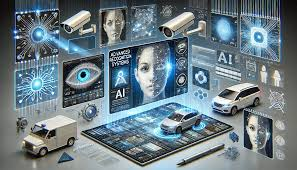
AI-powered image recognition technology is being applied across various sectors, enhancing efficiency and creating new possibilities.
Healthcare
In healthcare, AI image recognition is revolutionizing diagnostic procedures. Systems can now analyze medical images, such as X-rays and MRIs, to detect anomalies with high accuracy, assisting doctors in diagnosing conditions earlier and more accurately.
Early Diagnosis and Detection
AI models can identify subtle changes in medical images, enabling the early detection of diseases like cancer, which is critical for successful treatment outcomes.
Enhanced Radiology
By automating the analysis of radiological images, AI reduces the workload on radiologists, allowing them to focus on complex cases and decision-making.
Telemedicine and Remote Monitoring
Image recognition facilitates remote diagnostics, making healthcare more accessible to individuals in underserved areas through telemedicine platforms.
Customized Treatment Plans
AI-driven insights from image analysis can inform personalized treatment strategies, improving patient care and outcomes.
Security and Surveillance
Image recognition technology is enhancing security systems. AI-powered cameras can identify suspicious activities and individuals, offering improved security in public spaces and private properties. These systems can also be integrated with facial recognition to identify individuals in real-time.
Real-Time Threat Detection
AI systems can monitor live feeds to identify unusual behavior or security threats, enabling rapid response and prevention.
Facial Recognition Systems
These systems enhance security by accurately identifying individuals, aiding law enforcement and access control in various settings.
Automated Monitoring
AI reduces the need for constant human surveillance, allowing security personnel to focus on strategic decision-making.
Privacy Concerns and Regulations
The use of AI in surveillance raises privacy issues, necessitating the development of guidelines and policies to protect individual rights.
Retail and E-commerce
Retailers are using AI image recognition to transform the shopping experience. For example, image recognition can help customers find products by uploading photos instead of typing out descriptions. This technology is also used for inventory management, helping retailers keep track of stock levels accurately.
Visual Search Enhancements
Customers can engage in more intuitive searches using images, improving the user experience and potentially increasing sales.
Automated Inventory Management
AI systems track inventory levels in real-time, optimizing stock management and reducing waste.
Personalized Recommendations
Image recognition aids in creating more personalized shopping experiences by analyzing customer preferences and behavior.
Fraud Detection and Prevention
AI can identify fraudulent activities in e-commerce, enhancing transaction security and customer trust.
Autonomous Vehicles
In the automotive industry, AI image recognition is crucial for the development of autonomous vehicles. These vehicles rely on computer vision to navigate and make decisions based on their surroundings, such as recognizing traffic signs and detecting pedestrians.
Navigation and Path Planning
AI systems process visual data to navigate complex environments, ensuring safe and efficient travel.
Obstacle Detection and Avoidance
Real-time image analysis helps vehicles detect and avoid obstacles, reducing the risk of accidents.
Traffic Sign Recognition
Autonomous vehicles use image recognition to identify and respond to traffic signs, adhering to road rules and enhancing safety.
Integration with Sensor Data
Combining image recognition with other sensors, such as LIDAR and radar, improves the overall perception and decision-making capabilities of autonomous systems.
Agriculture
In agriculture, AI image recognition helps farmers monitor crop health and detect diseases early. Drones equipped with this technology can cover large fields quickly, providing valuable data that can lead to better yield management and resource allocation.
Precision Farming
AI enables precise monitoring of crop conditions, optimizing water and fertilizer usage to enhance yield and sustainability.
Disease and Pest Detection
Early identification of diseases and pests allows for timely intervention, minimizing crop loss and improving quality.
Automated Field Analysis
Drones equipped with image recognition conduct rapid field surveys, gathering data that informs resource allocation and decision-making.
Environmental Monitoring
AI systems track environmental conditions, helping farmers adapt to climate changes and manage risks effectively.
Challenges and Future Directions
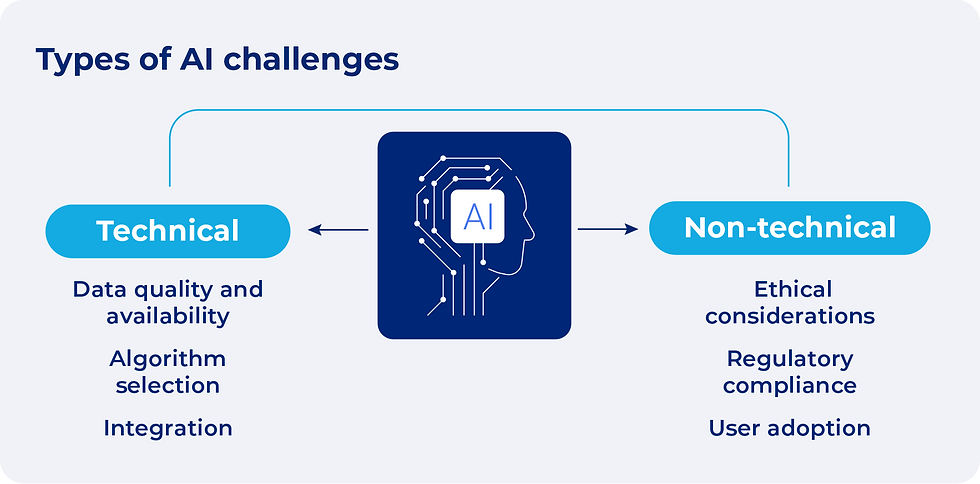
While AI image recognition technology has advanced significantly, challenges remain.
Data Privacy Concerns
As image recognition becomes more widespread, concerns about data privacy and surveillance have grown. It's crucial to balance technological advancement with ethical considerations, ensuring that individuals' privacy is respected.
Legal and Ethical Frameworks
Establishing clear regulations and ethical guidelines is vital to govern the use of image recognition and protect individual privacy rights.
Anonymization Techniques
Developing methods to anonymize data can help mitigate privacy concerns while still allowing for the benefits of AI technology.
Public Awareness and Transparency
Educating the public about the use of AI and image recognition can foster trust and acceptance, emphasizing the importance of informed consent.
Balancing Innovation and Privacy
Finding a balance between technological innovation and privacy protection is essential for sustainable progress in AI image recognition.
Bias in AI Models
AI models can sometimes exhibit bias, reflecting the data they were trained on. It's essential to use diverse datasets and develop algorithms that minimize bias to ensure fair and equitable technology use.
Diverse Dataset Collection
Ensuring diversity in training data is crucial to prevent bias and enhance the model's ability to perform across different populations and scenarios.
Algorithmic Fairness
Developing techniques to detect and mitigate bias in AI models helps create fairer outcomes and reduces the risk of discrimination.
Continuous Monitoring and Evaluation
Regular assessments of AI systems can identify potential biases, allowing for corrective actions and improvements.
Collaborative Efforts
Engaging stakeholders from various sectors, including academia, industry, and government, fosters a collaborative approach to addressing bias in AI.
Future Prospects
The future of AI image recognition is promising, with potential advancements expected in several areas:
Improved Generalization
Future models may better generalize across different tasks, making them more versatile and capable of understanding complex scenes.
Integration with Other Technologies
Combining image recognition with other AI technologies, such as natural language processing, could lead to more comprehensive systems capable of understanding and interacting with the world more like humans do.
Enhanced Real-Time Capabilities
Continued improvements in processing power and algorithm efficiency will likely lead to even faster real-time recognition capabilities.
AI and Human Collaboration
Advancements in AI could enhance human capabilities, creating systems that complement human expertise and improve decision-making processes.
Sustainability and Ethical AI
The focus on developing sustainable and ethically responsible AI technologies will shape the future landscape of image recognition, ensuring that benefits are shared across society.
Conclusion
AI-powered image recognition technology is transforming how we interact with the world. Its advancements are opening new possibilities across industries, from healthcare to retail and beyond. As the technology continues to evolve, it will be essential to address challenges related to privacy and bias, ensuring that its benefits are realized equitably and ethically. The future of image recognition with AI is bright, promising even more innovative applications and improvements in the years to come.

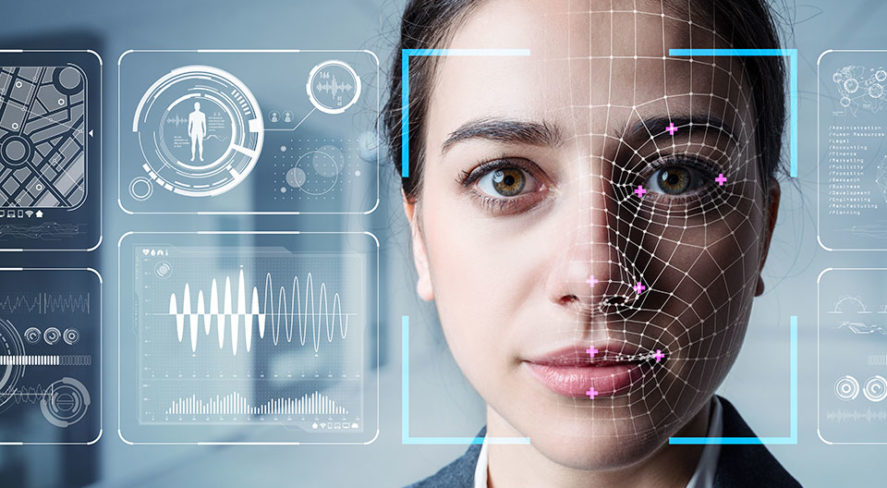
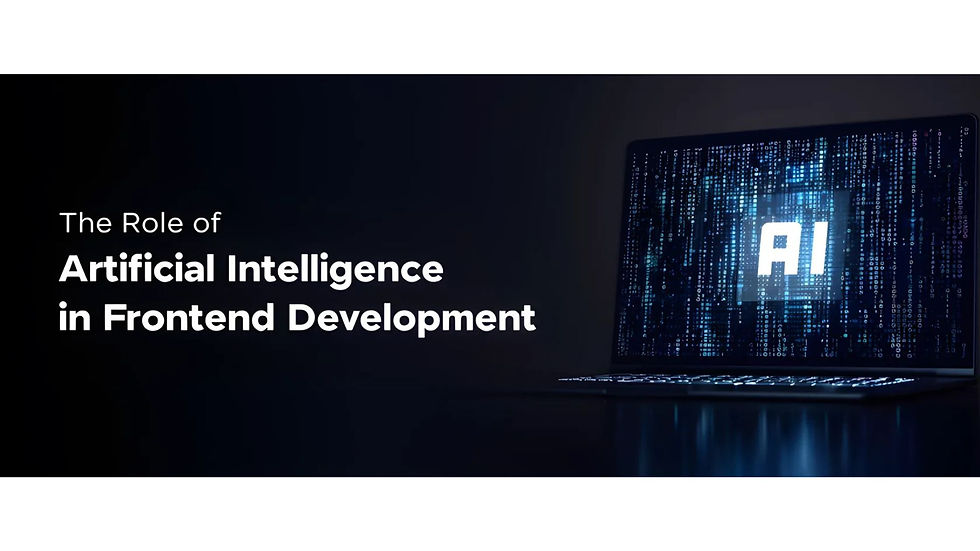



Comments